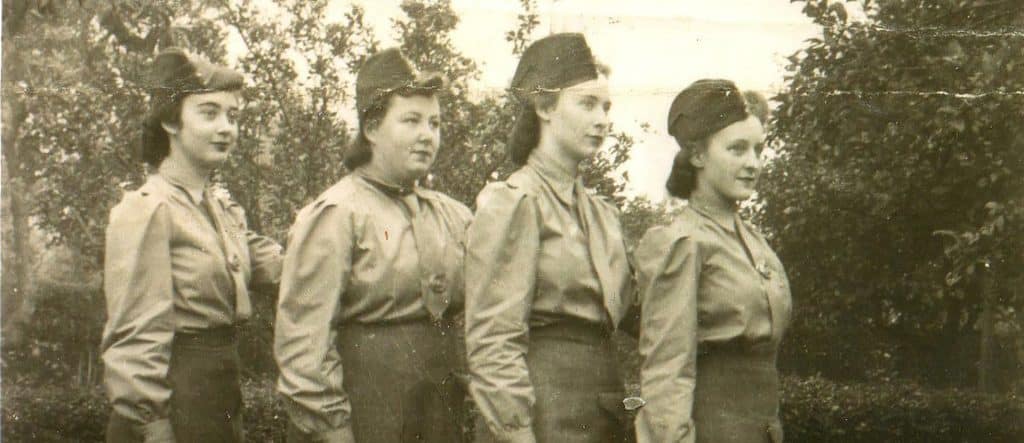Britain’s Unsung Heroes: The Women of the Home Guard
The Second World War saw a surge of patriotism in Britain, with citizens eager to defend their homeland. While the Home Guard, a civilian militia formed in 1940, was initially intended for men only, a lesser-known story unfolds – the remarkable contributions of women who defied expectations and found ways to serve.
A Call to Arms, and a Gender Divide
On May 14th, 1940, the nation listened as Secretary of State for War, Anthony Eden, issued a radio broadcast. He called upon men aged 17 to 65 to join the Local Defence Volunteers (later the Home Guard) and defend Britain against a potential invasion.
The public responded with overwhelming enthusiasm, with over 250,000 volunteers signing up in the first few days. However, women were initially excluded.
Defying Exclusion: Women Find Their Place
Despite the official stance, local commanders recognised the value women could bring. They began accepting them in various support roles, with some even receiving weapons training. This grass-roots movement, however, was short-lived.
By June 1940, the government intervened, banning women from joining the Home Guard altogether. This decision was further solidified in November 1941, despite pleas from high-ranking officials like General Sir Edmund Ironside, who advocated for their inclusion and armament.
Undeterred, women found ways to contribute. Some joined the Women’s Voluntary Service (WVS), offering essential services on the home front. Others persuaded local Home Guard units to accept them in unofficial support roles, such as drivers. By 1942, over 50,000 women were unofficially serving alongside the Home Guard.
A Compromise Struck: The Brooch, not the Badge
The government eventually faced increasing pressure to formally include women. Led by figures like Labour MP Edith Summerskill, advocates for female participation wouldn’t be silenced. A compromise was reached in 1943. Women could officially join the Home Guard as auxiliaries but with limitations. They wouldn’t receive uniforms, instead wearing a small plastic brooch. Weapons training and carrying weapons remained off-limits.
Women’s Home Defence Corps Emerges
Despite the limitations, the official recognition spurred independent women’s groups to come forward. The largest of these was the Women’s Home Defence Corps (WHDC), boasting over 30,000 members. These women actively trained with rifles, often alongside local Home Guard units on shooting ranges.
The story of women in the Home Guard is a testament to their unwavering determination to defend their country. From drivers and secretaries to those who defied regulations and received weapons training, women across generations stood shoulder-to-shoulder with their male counterparts, ready to face any threat. Thankfully, a full-scale invasion never came. However, the legacy of these women – their courage, resourcefulness, and unwavering spirit – endures.
